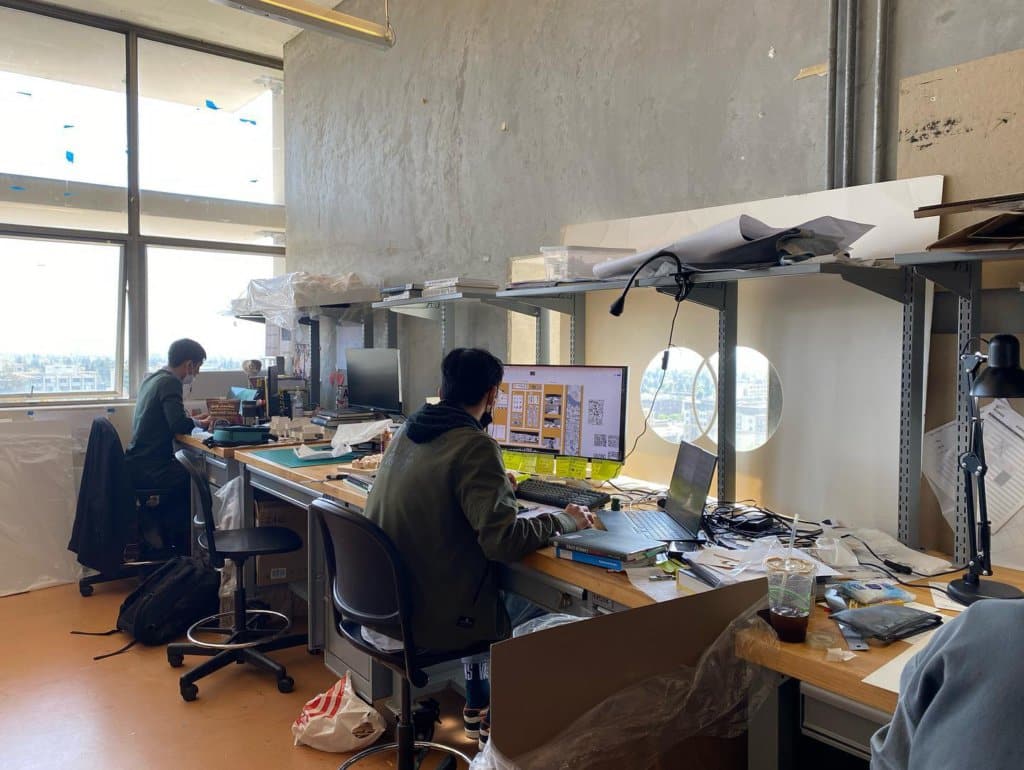
In today’s world, we are confronted with many urgent environmental challenges, and at the core of addressing these issues lies the way we approach construction and development. To effectively tackle these challenges, it is imperative for visionary leaders to prioritise seeking sustainable solutions.
This demands a profound shift in our mindset towards designing, constructing, and utilising buildings. The goal is to strike a harmonious balance between human needs and the well-being of our planet, ensuring we safeguard the environment while fulfilling our requirements.
Embracing this transition towards sustainability has become all the more vital as we navigate a rapidly evolving world. It requires a heightened awareness of the environment and the welfare of people, with a collaborative effort to forge a better future for generations to come.
Keeping this in mind, these three world leaders have emerged as trailblazers, harnessing the power of sustainability to address the most urgent real-world problems.

Source: Heriot-Watt University School of Energy, Geoscience, Infrastructure and Society (EGIS)
Heriot-Watt University
From its beginnings in 1821, Heriot-Watt University has transformed into a prestigious institution, currently ranking 32nd in the UK and fifth in Scotland (QS World University Rankings 2024). Within the university, the School of Energy, Geoscience, Infrastructure, and Society (EGIS) stands out as a leading centre for multidisciplinary research and teaching in areas crucial to economic development and societal equity.
EGIS has been recognised by the Royal Academy of Engineering as one of the four Centres of Excellence in Sustainable Building Design in the UK, contributing to a national network focused on advancing multidisciplinary education for sustainable built environments. The Centre of Excellence in Sustainable Building Design was achievable thanks to the collaborative effort between the Institute for Sustainable Building Design and The Urban Institute (TUI). It facilitated numerous multidisciplinary student projects, ranging from week-long to semester-long collaborations.
EGIS produces graduates in urban planning, construction, real estate, and engineering who possess expertise not only within their respective fields but also in addressing sustainability challenges.
Here, students learn from world-leading academics, who provide them with invaluable insights into sustainability. Beyond the classroom, they adopt a multidisciplinary approach to shape cities and towns, ultimately fostering a wealthier, fairer, healthier, safer, and sustainable society. To ensure its graduates leave with a comprehensive understanding and commitment to drive sustainable solutions, EGIS ensures all postgraduate degree programmes are deeply ingrained with sustainability.
Among the programmes offered are: MSc Real Estate, MSc Spatial Planning and Real Estate Development, MSc Commercial Management and Quantity Surveying, MSc Construction Project Management, MSc Renewable and Sustainable Energy Transition and more.
The best part? Heriot-Watt University encourages a global perspective; thus, the university offers students the chance to study across multiple international campuses in the UK, United Arab Emirates, and Malaysia through their “Go Global” initiative. This way, students can broaden their horizons and gain diverse cultural experiences, shaping their future endeavours. Click here to learn more about EGIS and its programmes.

At CED, aspiring designers develop into visual thinkers, critical observers, and systems scientists through interdisciplinary collaboration. Source: UC Berkeley’s College of Environmental Design/ Facebook
UC Berkeley’s College of Environmental Design
UC Berkeley’s College of Environmental Design (CED) holds the distinction of being the first college to integrate architecture, landscape architecture, and city planning into a single entity during the 1950s. Since then, students have reaped the rewards of CED’s interdisciplinary approach, capitalising on the strengths of each department. Notably, CED consistently ranks in the Top 10 QS ranking for Architecture & Built Environment.
CED aims to launch its graduates to be agents of change for environmental good. To do that, students learn the art of designing well-loved places that nurture their senses and challenge their imaginations.
Programmes such as Master of Landscape Architecture, Master of Urban Design, Master of Real Estate Development + Design, and Master of Design help them to gain technical expertise and develop transcendent ways of seeing and refiguring the built environment.
How do the students learn? At CED, the design studio experience is a key element in most of its programmes. It offers students the opportunity for deep immersion in theory, technology, and real-world practice with diverse clients, both domestic and international. In the studio, aspiring designers develop into visual thinkers, critical observers, and systems scientists, collaborating with faculty and classmates from various departments. This intense and interactive learning environment is the hallmark of a CED education, providing an unparalleled experience at one of the nation’s top public research universities.

In the QS World University Rankings 2023, the NUS Department of Built Environment is ranked seventh. Source: National University of Singapore/ Facebook
National University of Singapore
The National University of Singapore (NUS) is a leading global university based in Asia, powered by a mission “to transform the way people think and do things through education, research and service.”
Its School of Design and Environment (SDE) stands apart with its diverse offerings in two departments — Architecture and the Built Environment — and one division — Industrial Design. Since its inception, SDE has remained the sole faculty in Singapore to provide a comprehensive and integrated approach to teaching and research across various disciplines, including architecture, landscape architecture, urban planning and design, project and facilities management, building performance and sustainability, as well as industrial design.
“We provide world-class multi-disciplinary graduate-level courses and research programmes related to Design and the Built Environment,” says Professor Wong Nyuk Hien, Vice Dean (Research), School of Design and Environment.
With nine graduates and three research programmes available at NUS, students can pursue a programme that is aligned with their goals. Among those transformative programmes offered are: Master of Science (Built Environment), Master of Arts (Industrial Design), Master of Science in Project Management, Master of Urban Planning, Master of Landscape Architecture and more.
*Some of the universities featured in this article are commercial partners of Study International









